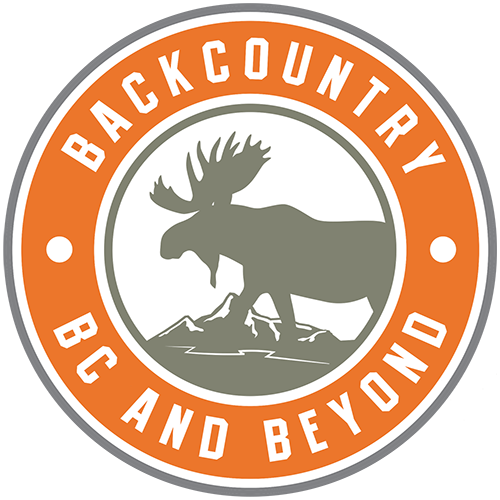Your boots are the most important pieces of equipment you will bring. You can borrow a gun, jacket or pack, but rarely will you be able to borrow boots. The most important aspects are fit and comfort, followed by durability. If you have foot problems or you just want your feet to feel good, We recommend visiting a foot specialist and getting a set of custom orthotics made.
You should at least get an after-market insole/foot bed like Super Feet. Different boots fit different feet types. If the boot does not feel good, don’t buy it for its looks. Concerning boots, We prefer all leather for most mountain hunting situations. The Kenetrek Mountain Extreme 400 is the best we have used in any situation PERIOD!
Plastic boots are okay in cold weather and rough terrain, but are not real comfortable to walk in over flat ground. Not Recommended. In general, boots with less side stitching are good. Gore-Tex boots work well, but we also recommend getting a pair of 13” tall, non-insulated Gore-Tex socks from Cabela’s or another laminated sock brand called Seal Skins, in the event you step in water or your feet get wet from sweat. This is cheap insurance for dry feet. Air bob type soles work well in mud and soft terrain, provide good traction, but are not very durable in rock.
Most leather boots that you see advertised for hunting are insufficient and fall apart quickly. The following are some recommendations: Kenetrek Mountain Extreme 400 are our #1 choice boot as all our guides now use them in all situations. They are very durable extremely comfortable and have almost no break in time. (Contact -Jim Winjum’s web site via our Links page). Try to get leather boots that will handle abrasive from rocks and brush and do not break down when wet.
Other excellent boots to consider are made by Kayland, Technica, Asolo, Garmot, One Sport, Vasque, Merrell, La Sportiva, Salomon and Lowa Sheep Hunters are all good. Try to get leather boots that will handle abrasive from rocks and brush and do not break down when wet.
Your boots will last much longer if you take care of them. Wear your boots around a while before you “grease” them. We clean any oil or dirt off exposed side stitching with rubbing alcohol or acetone, then coat the stitching with Seam Grip or Freesole to prevent it from getting cut on rocks and brush. Several light coats work well. For waterproofing boots, Nikwax paste works best. Meindl makes a good Wax also. Use Montana Pitch Blend on Schnee’s boots. An old toothbrush works well for applying Nikwax. We generally heat MT Pitch Blend in a Microwave or pot of hot water and apply it with a paintbrush. Use your fingers to rub the stuff into the leather grain. Snoseal and Mink oil are not as good as those mentioned.
A trick for comfortable feet, especially on a backpack trip, where you will be unable to pack another set of boots, is to bring along another set of insoles that fit your feet slightly differently than your others. It may help prevent hot spots from forming.
A Leki or Black Diamond (“Black Diamond Carbon whippet” is our go to) telescopic hiking pole is highly recommended for most people and mandatory for people with bad knees and/or poor balance. We don’t hike with a pack without a walking stick. One other trick for people with weak or sensitive knees is to wear a set of lightweight kneepads when hunting in rocky terrain or for stalking sheep and goats in the sharp rocks. The Sitka Timberline pants have these built in or Arcteryx also sells a very good, more durable strap-on set.
After you’ve spent all that money and time finding the right set of boots, don’t cut corners on cheap socks. Bridgedale and Lorpen makes the very best. Smart wool, Wigwam & Thorlo are excellent too. There are other brands of decent socks, but these are great. If you have high volume feet, one sock may work. Some wear a liner under a heavy sock or will wear two medium thick socks together. Of all the clothes you wear, socks are the most important to keep clean and fresh. It is a good idea to have enough for a change every 2-3 days. Athlete’s foot and blisters are not fun. Take care of your feet.
